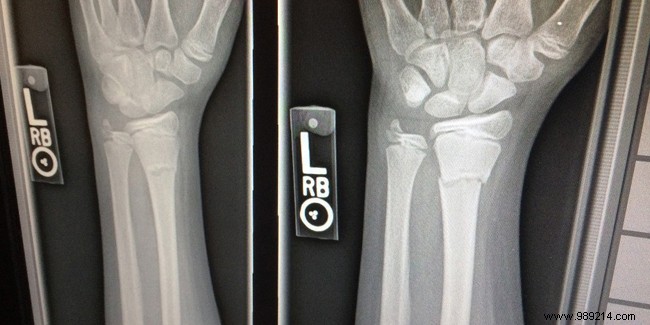
Osteoporosis is a disease that mainly affects people over the age of 65 and more particularly women. It is a disease that weakens and deforms the bones at the time of life when the bone mass of the body begins to be destroyed due to aging.
Osteoporosis affects the bones of the spine, wrist, hip, pelvis and shoulder and causes fractures.
Age is the primary cause of osteoporosis which is an aging process that affects the bones. This disease appears in men after the age of 70 and in women from the age of 50, most often after the menopause due to the fall in the production of estrogens which accelerates the decalcification of the bones. Early menopause, occurring before age 40, is a risk factor for developing osteoporosis later.
Heredity is also one of the causes of the appearance of osteoporosis. Indeed, 70 to 80% of bone mass is determined by genetic factors:a girl whose mother is affected by this disease will have a double risk of also being affected by osteoporosis.
Diseases such as rheumatoid arthritis or related to the thyroid or kidney can result in the development of osteoporosis.
Lifestyle can also explain the development of osteoporosis:an insufficient diet of protein, calcium and vitamin D; high consumption of coffee, alcohol and tobacco; lack of physical exercise, are factors that increase the risk of being affected by osteoporosis.
Osteoporosis has no particular symptoms and is painless, which is why it is called "the silent disease". It is most often during a fall, after a fracture, that the disease is revealed. However, signs can alert:this disease leads to a compression of the vertebrae or a fracture of the spine and the person with osteoporosis will tend to stoop and will see his size reduced very significantly.
Osteoporosis is diagnosed using a medical technique that measures bone density called bone densitometry.
Having a balanced diet that provides the necessary daily calcium (1000 mg per day) and vitamin D requirements is important to prevent osteoporosis. Vitamin D needs can be easily and naturally met by having physical activity outdoors, especially in summer, since this vitamin is synthesized by the skin under the effect of the sun. Calcium is present in foods such as milk, cheese, fish, sardines, green vegetables, dark chocolate, dried fruits or even mineral water.
Physical exercise is a priority when you have osteoporosis. Walking, running, bodybuilding, gymnastics, yoga, water aerobics are recommended practices, when exercised gently, to acquire muscle strength, flexibility and mobility.
When the disease is diagnosed, specific treatments that act on bone formation or resorption are prescribed if the affected person has a high risk of fractures due to this disease. Hormonal treatments can also be prescribed in the case of osteoporosis. They prevent the bone from being destroyed.